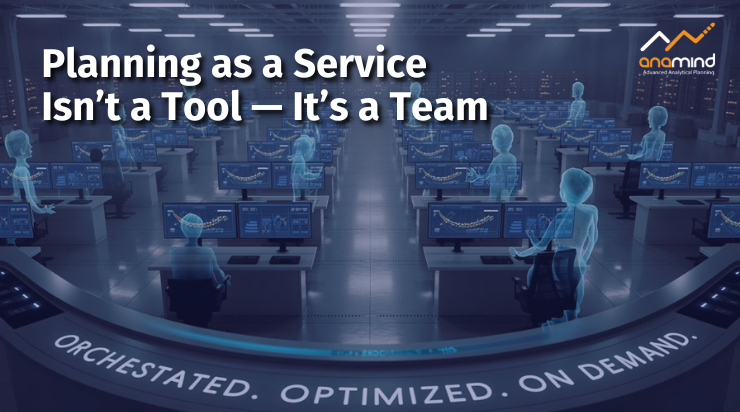Notes from the round table discussion on S&OP and Collaboration at the IBF Conference, Dubai in April 2016
It is very apparent that the success of the S&OP process lies with the support of the management as was the feedback from every one. No amount of noble intention from the planning team can make it happen unless there is a support from the top management. Unfortunately, there isn’t a magic formula to make it happen and its usually either the fate of the company or its a function of time when the management wakes up to it.
As much as it may sound like a hopeless scenario for many, there are still ways where there is a will. One of the keys is the art of selling your forecasts internally to various stakeholders including management. In my personal experience I was able to sell the benefits of a good forecasting process through collaboration to the sales team. Yes, indeed it wasn’t a cake walk and it took no less than 5 quarters to claim first taste of success but surely it was an enduring one. The sales team was able to realise that if there are set of people in the company who can help them realise their targets, its the planning team (or effective collaboration with them). Once we got that message through, we were actually chased for the review meetings than the other way round. We never felt the need for management support thereafter!
We had some more innovative ideas that were discussed during the discussion. The executive from Dabur uses his finance background to present the forecast accuracy numbers through the prism of financial loss/gain (notional), which surely not only catches the attention of the top bosses but also the sales folks. As we can imagine, sales guys would always want to challenge such a computation but the positive side is that the approach pulls them to the meeting and forces them to discuss!… smart approach indeed and happy to see the finance value add.
The executive from AY Motors could successfully set up a very good collaborative planning process, where none existed. It was impressive to know how he overcame tough challenges including managing near all imported products, to steer the company to a positive growth when the industry average was negative, through a well oiled consensus planning process.
The executive from L’oreal uses positive sentence formation to convey the risks in the forecast and successfully gains attendance of his audience. I thought this is great example of using soft skills to ‘sell your forecast’ by a demand planner.
The executive from Etihad informed that he witnessed a very good integrated planning process in his previous organisation (Heinz). It seems the finance inputs are part of the consensus planning process making it a great IBP base though they may be calling it a different name.
While the management support is critical, it is not something the planners can influence beyond a point. We need to focus on what we can do from our end to make things work. Instances mentioned above are excellent reference points with proven success and IBF conferences are a great source of gaining these tips by sharing.





